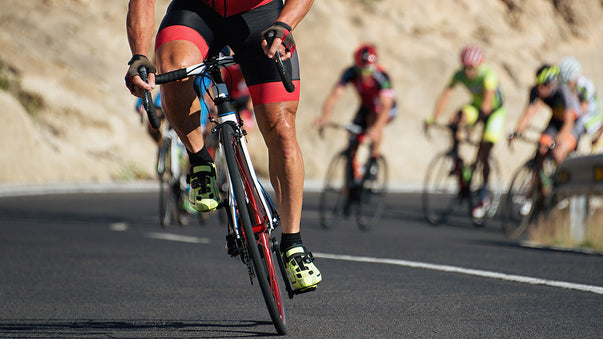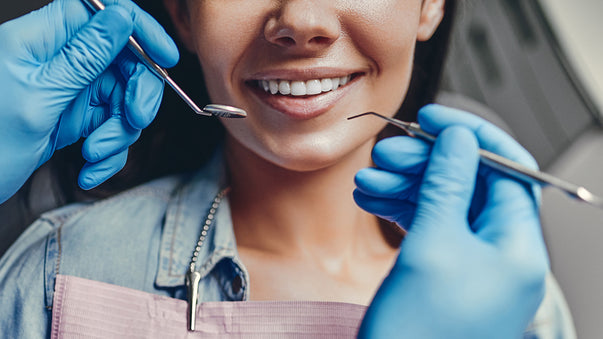Disconnect and Go Outside for Happiness

Psychologists at Anglia Ruskin University, Karl Landsteiner University of Health Sciences, and Perdana University have found that spending time outdoors and switching off our devices is associated with higher levels of happiness during a period of COVID-19 restrictions.
The psychologists measured levels of happiness amongst a group of 286 adults three times a day, at random intervals, over a 21-day period. The results of the study, published in Journal of Happiness Studies, indicate that levels of happiness were higher when participants were outdoors rather than indoors. In addition, more daily screen time and higher levels of loneliness were both associated with lower levels of happiness. The impact of loneliness on happiness was also weaker when participants were outdoors.
"Our results are important in this context because they show that being able to spend time outdoors under conditions of lockdown has a beneficial impact on psychological wellbeing," said research co-leader Viren Swami. "Our findings have practical health policy implications."
"Given that further lockdown restrictions have now become necessary in the UK, public health messages that promote getting some fresh air instead of staying indoors and staring at our screens could really help to lift people's mood this winter."
I can personally testify that this is true, or at least that these are the remedies that I instinctively adopted with good results to avoid lockdown unhappiness. Since the lockdowns started, I spend much more time outdoors. I am lucky enough to have easy access to the unspoiled woods. And I hike daily for hours with my wife & doggy.
That results in spending much less time online. More true views, less fake news. If you find yourself unhappy, consider doing that.
Nanoparticle COVID19 Vaccine in Development
Scientists at Stanford University are developing a single-shot COVID-19 vaccine that does not require a cold-chain for storage or transport. The new vaccine is expected to be cheap to produce. And the target population is low- and middle-income countries.
The new vaccine is described in a paper published in ACS Central Science. It contains nanoparticles loaded with the same proteins that comprise the virus' distinctive surface spikes. After a single dose, two nanoparticle vaccine candidates both resulted in high antibody levels in laboratory mice.
The scientists are persuaded that this is a solid starting point for what could be a single-dose vaccine regimen. And it wouldn't rely on using a virus to generate protective antibodies following vaccination.
Nanoparticles Break Blood Clots from Inside Out
Engineering researchers at North Carolina State University have developed a new technique for eliminating particularly tough blood clots. The technique uses engineered nanodroplets and an ultrasound drill to break up the clots from the inside out.
The technique has not yet gone through clinical testing. In vitro testing has shown promising results, as described in a study published in Microsystems & Nanoengineering.
In related news, scientists at German Cancer Research Center and Heidelberg University have found that using anticoagulants to eliminate blood clots is helpful against metastatic brain cancer in laboratory mice. It prevents the tumor cells from penetrating into the brain tissue.
This link between blood clots and cancer is explored in a study published in Blood.
Chemotherapy Plus Magnetic Nanoparticles
Scientists at University College London have found that loading a chemotherapy drug onto tiny magnetic particles can heat up cancer cells while delivering the drug to them. This was up to 34% more effective at destroying cancer cells than the chemotherapy drug without added heat.
A research paper is published in Journal of Materials Chemistry B. It reports that the scientists used magnetic iron oxide nanoparticles that carry the chemotherapy drug and release heat when exposed to an alternating magnetic field. Once the nanoparticles have accumulated in a tumor, an alternating magnetic field can be applied from outside the body. This allows heat and chemotherapy to be delivered simultaneously.
The scientists are persuaded that combining chemotherapy with heat treatment delivered via magnetic nanoparticles has enormous potential.
More Articles
Don't miss a beat! In our Pulse Newsletter, Thrivous curates the most important news on health science and human enhancement, so you can stay informed without wasting time on hype and trivia. It's part of the free Thrivous newsletter. Subscribe now to receive email about human enhancement, nootropics, and geroprotectors, as well as company news and deals.
Read more articles at Thrivous, the human enhancement company. You can browse recent articles in Thrivous Views. See other Pulse Newsletter articles. Or check out an article below.
-
This Supplement Combo May Decrease Aging Effect of Stress
In 2016, researchers from the University of Padova in Italy published a study in the journal Nutrients. It demonstrated that ...
-
Take Magnesium and Don’t Fear the Dentist
This is good news for all those who fear pain after dental surgery. Orally administered magnesium seems to significantly reduce ...


